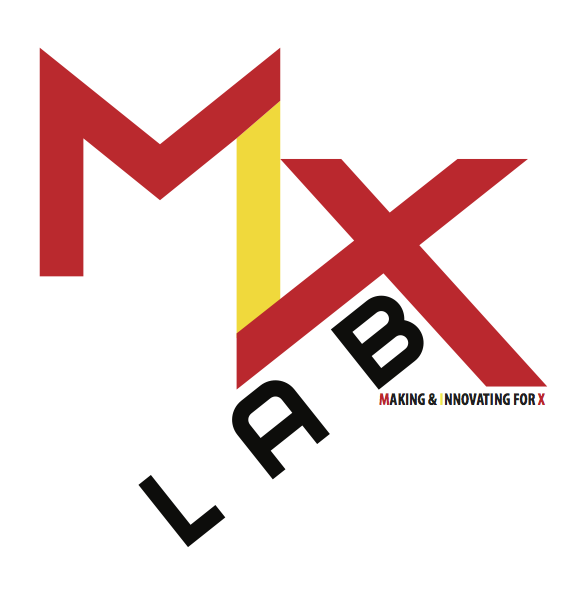Scaling a University Fab Lab from FDM to SLA 3D Printing
The good folks at FormLabs spent the afternoon in the MIX Lab talking digital fabrication and 3DPrinting with us and the students of Montclair State University.
The conversation was deep and enlightening. Both sides learned a lot about how the 3D Printing tools can be used at various levels of innovation.
Below is the blog post that was originally published on the FormLabs website:
Technology does not exist in a vacuum. As 3D printers start to become ubiquitous in universities, educators are finding ways to scale the types of tech they offer to more closely replicate real-world design and decision-making processes.
Jason Frasca and Iain Kerr lead the MIX Lab at Montclair State University (MSU) and have shepherded the program’s growth over the past two years. MIX stands for Making and Innovating for X: the unknown. At the lab, students explore the unknown–modern design challenges, sometimes from real clients–using a variety of rapid prototyping tools, including both fused deposition modeling (FDM) and stereolithography (SLA) 3D printers.
Students as Agents of Design
The MIX Lab is a hub of energy on campus, where students, faculty, local designers, and entrepreneurs collaborate and exchange ideas. It’s a favorite destination for campus visitors and tours, and a centerpiece for MSU’s entrepreneurship program.
The lab’s Innovation Design and Digitally Mediated Making certificate program qualifies certificate holders for an externship with a local company. To date, 15 students have completed the program, with 10 more enrolled for the 2017 school year.
Frasca and Kerr teach their students to become “agents of design” and put their creative problem solving, 3D design, and lean manufacturing skills to the test. During their externship, students work for local companies as independent contractors, and see an immediate impact on their career as their capabilities develop. By the end of the program, they’re able to charge substantially higher hourly rates for more advanced levels of work.
At the MIX Lab, students are empowered to develop their design and 3D printing skills through hands on experience with a range of tools, including the Form 2.
Transitioning from FDM to SLA 3D Printing
The MIX Lab started with FDM machines and added the Form 2 SLA 3D printer as a complementary technology.
“The really wonderful thing about the Formlabs SLA printer is we get such a refined outcome. FDM is a prototyping workhorse, but you don’t get something with real world characteristics,” Frasca said.
Learn more about the differences between FDM and SLA 3D printers.
As students learned what they could do with the Form 2, demand increased significantly. Frasca and Kerr now run three Form 2 printers with Grey, White, Black, Clear, Castable, High Temp, Durable, and Flexible Resins. Printing on all three Form 2s continued through the summer. “It’s a robust system, and a reliable outcome,” Frasca said.
MSU students have taken full advantage of SLA technology, printing parts with hinges, that screw into other parts, and that require an aesthetically smooth surface finish.
MSU students recently worked with a local entrepreneur to prototype a hunting accessory–a low-profile gun mount for a tree stand. The students used FDM printers for early versions, then transitioned to the Form 2 to print an accurate, moving assembly.
Scaling Innovation Literacy
For Frasca, Kerr, and the MIX Lab, growth is a way of life.
“Last August the MIX Lab operated in a small room, now the lab is in a space four times the size,” Frasca said.
The instructors want to further develop innovation and rapid prototyping at MSU, with the understanding that these technologies are changing the way we live.
“In the past, our curriculum was about critical thinking, math, and literacy, but innovation literacy is fundamental to the future,” Frasca said.
Frasca and Kerr teach their students to become “agents of design” and put their creative problem solving, 3D design, and lean manufacturing skills to the test.



